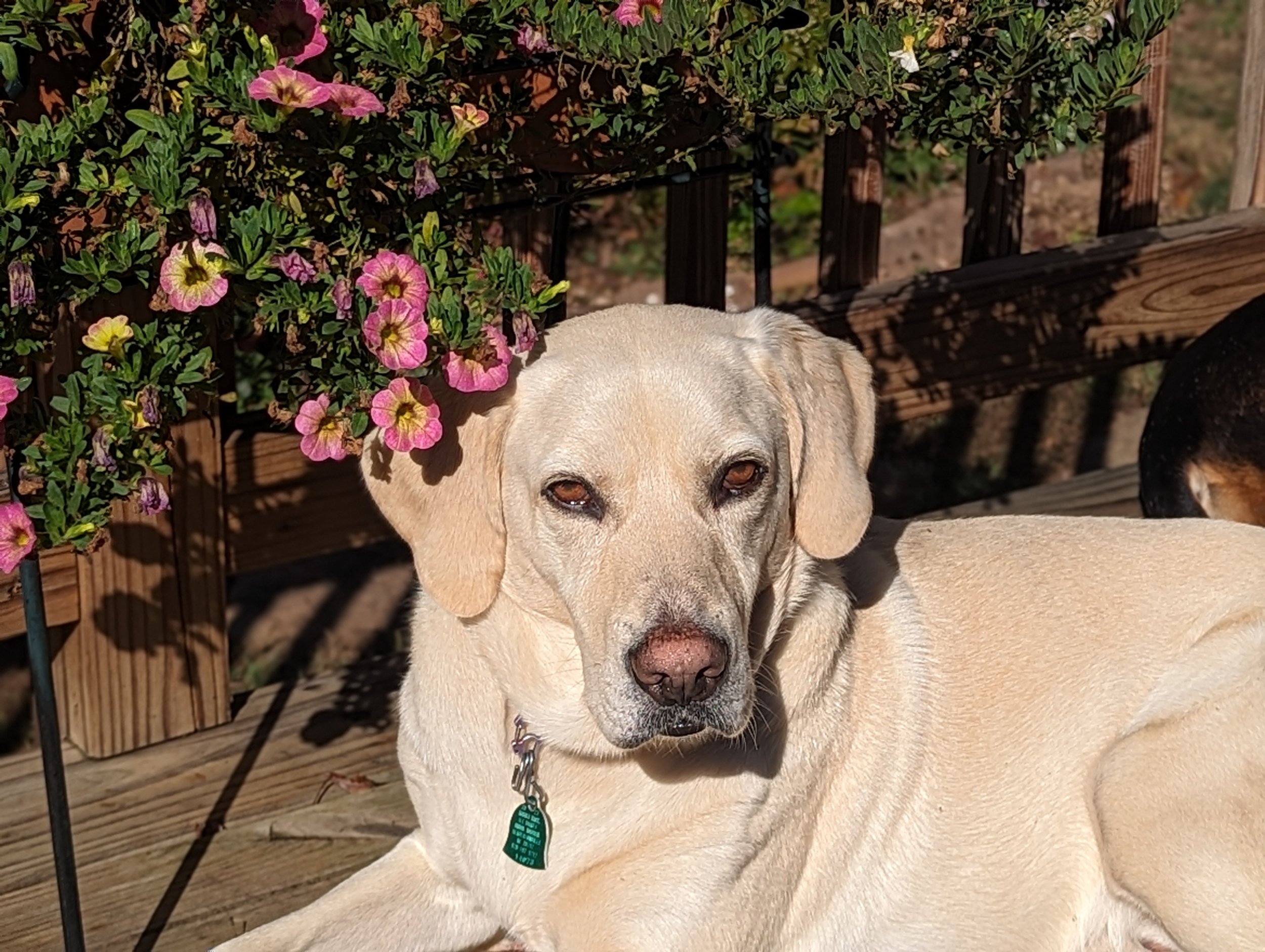Orange! Monarch on our zinnias in late October
First, about the Dwarf Tomato Breeding Project.
The Dwarf Tomato Project kicked off in 2005. It has been a remarkable run - and we will be approaching 160 new stable open pollinated releases from our project by the end of the year (The Victory Seed Company will be listing a set of new ones very soon). Over 1,000 people from all over the world contributed.
When the project started, I was gardening in my Raleigh driveway, Patrina Nuske Small and I co-conceived and began the project with a set of crosses. I was 49 years old! Sue and I were deep into annual seedling sales at the Raleigh Farmers Market. There was no Epic Tomatoes, no strawbale gardening, and I was still working full time at GSK.
Now we are deep into retirement living in a place we love - Hendersonville, in the western NC mountains. I will soon be 68 years old (where is the time going?). My knees are bad - the left one is getting replaced in early December. The two books I wrote created many wonderful speaking opportunities. I got to work with Joe Lamp’l on our on-line tomato course. My office is overflowing with saved samples of tomato seeds. It is time for smaller gardens, and more time to do what Sue and I want when we want to. The Dwarf Tomato Project book needs to be written so that the effort is well documented.
So - give ALL of the above - it is time to cede my leadership of the Dwarf Tomato Breeding Project. It isn’t finished - are breeding projects ever truly finished? But once seed requests are fulfilled for those who have expressed interest in joining the project (my aim is the end of November), that will be it.
I will post some blogs that describe work left to be done. Anyone wishing to take ownership of yet to be completed work can get in touch with me and handle future decisions - sending it to seed companies to release, for example. My main work going forward, however, will be writing and self publishing the book about the project where it stands as of the end of 2023.
Next - a bit about what I see as our gardens going forward
This year convinced me that I bit off far too much. Between the 70 plus tomatoes growing in our back yard garden and the 110 plus growing at the Veterans Healing Farm, it is time to cry “uncle”! I’ve spent decades being “married to the garden”. It has been so incredibly fulfilling, interesting and fun. But in looking back it all adds up to much more than I ever thought possible in terms of this incredible hobby. I am quite ready to start the process of going much smaller - starting with next year’s garden.
There is a follow on impact of this decision - there will no longer be hundreds of seedlings available locally. The effort, cost and risk (as in the pressure of producing healthy plants) are no longer in my plans. It is all going to be far less, and far simpler. But this will have an impact, leading to the following point.
Finally - about the fate of my vast seed collection, seed catalog collection and other materials
The seeds! Since starting gardening on a significant scale in 1986, I’ve saved seeds of pretty much every tomato, pepper and eggplant I’ve grown. Add that to the seeds I’ve purchased, or have been sent, and we are talking boxes and trays and closets-full; thousand and thousands of samples in vials and coin envelopes. When I was growing over 100 tomato varieties each year, I was falling behind. With plans of a dozen each year, the whole thing is not sustainable.
I’ve already started enacting the beginnings of a plan for the seeds. Pepper and eggplant seeds lose germination more quickly than tomatoes - so all of my saved seeds that are older than 10 years old are now history. When I get to tomatoes, I will start with a cut off date of 20 year old seed - in many cases, if the varieties are at a secure source, I will probably use a cut off of 15 years old.
This means I won’t be sharing lots of indeterminate growing tomato seeds going forward, because I will be keeping just an amount I may need for my gardening over the next 20 years or so. I will have future blog entries talking about various varieties that I think will need good homes, as well as works in progress that will need to be in others’ hands.
I haven’t really pondered exactly what to do with the seed catalogs or letters yet - there are a few books I have in mind after the Dwarf project book that would require such information, so I will probably hold on to those items for some years yet.
Marlin with Million Bells


